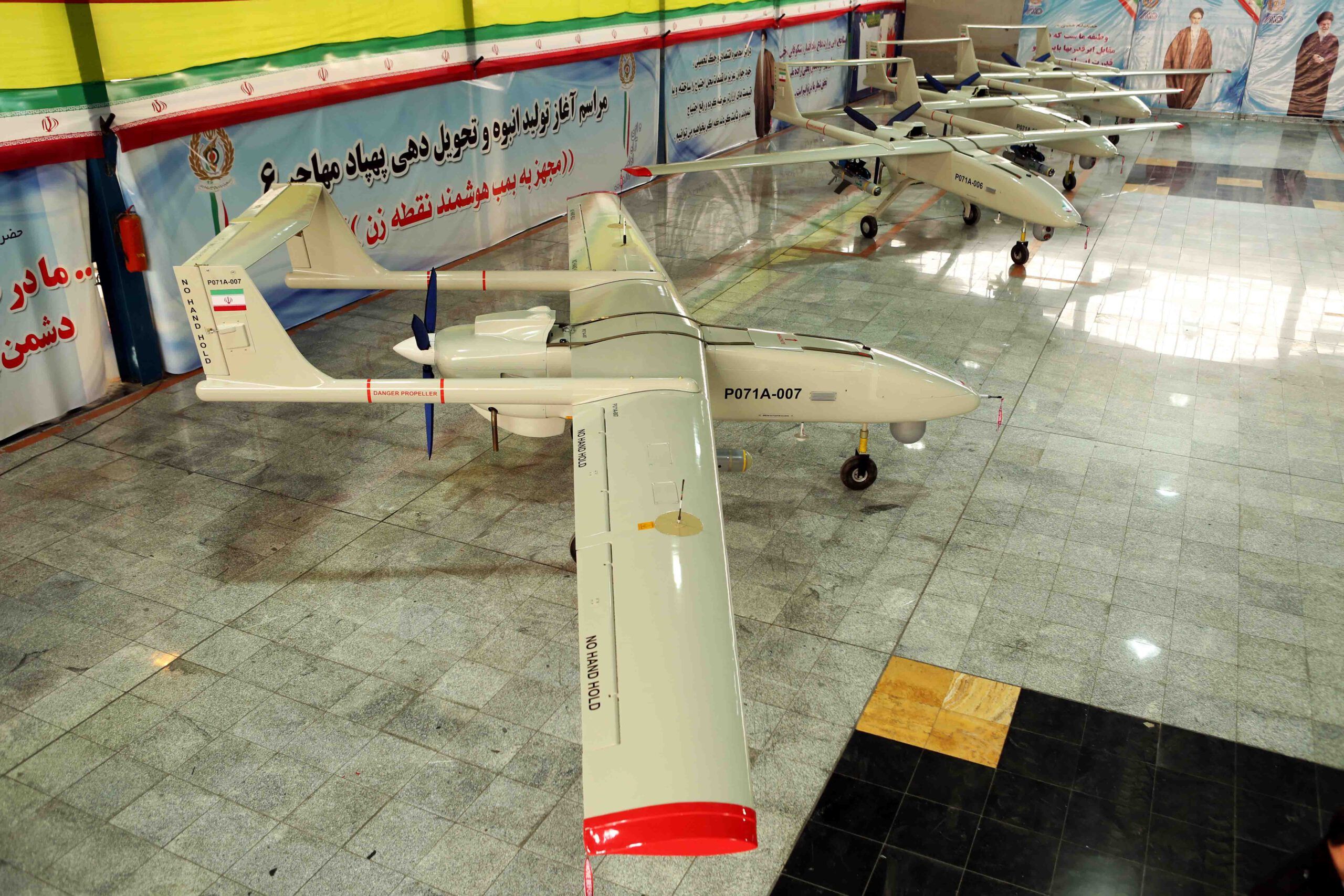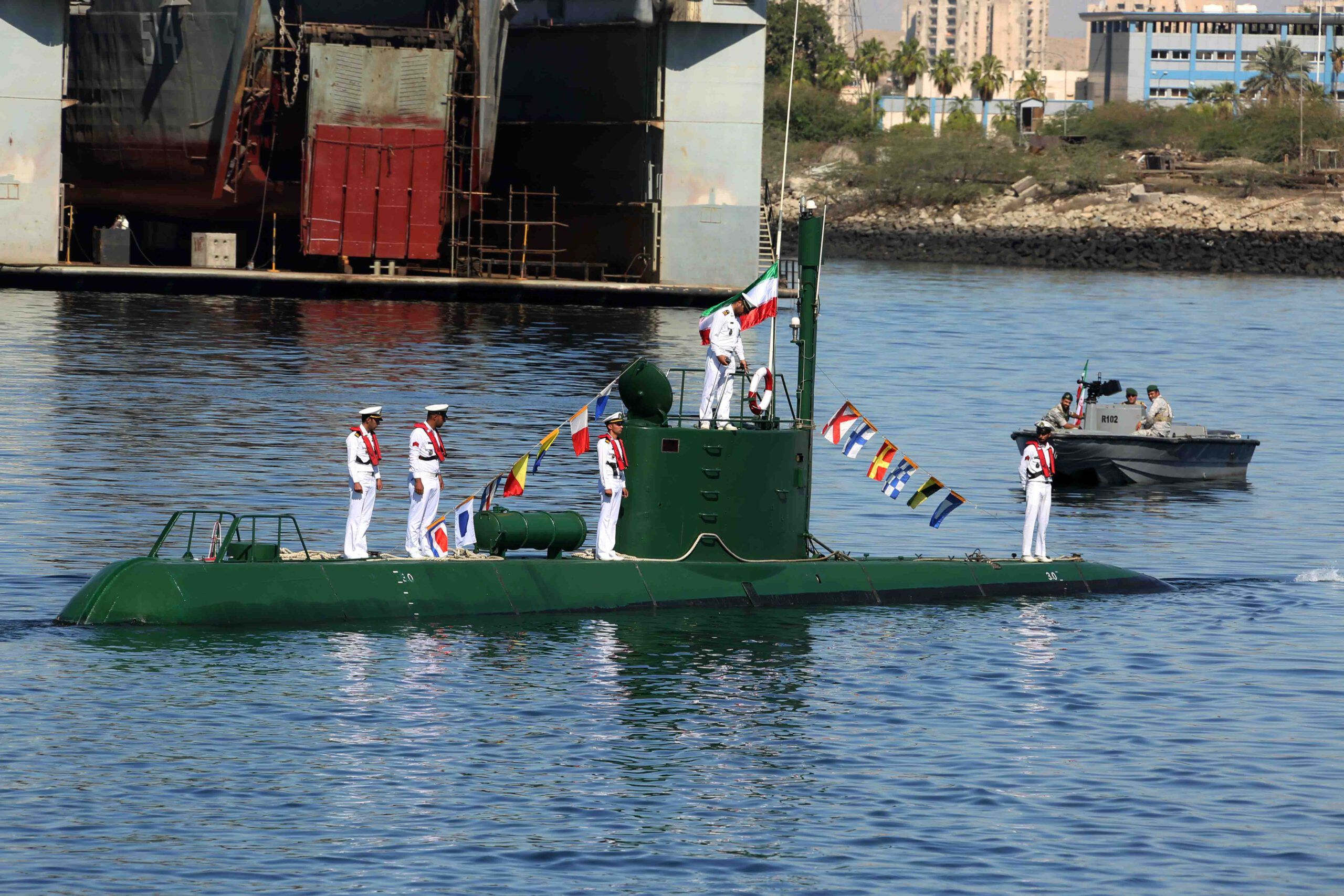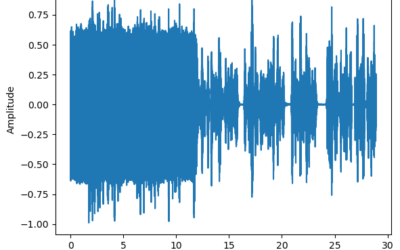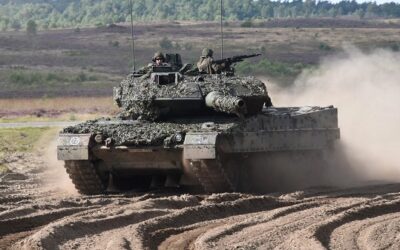Land and Naval Forces + Aviation
A dangerous and unstable situation in the Middle East, as well as growing tensions and threats, force Iran to modernise its military, which is still equipped with systems procured before the 1979 Islamic Revolution. The indigenous defence industry does what it can to meet urgent needs but, despite some accomplishments, its support is far from adequate.
Due to international sanctions, Iran is unable to procure any military hardware or even much-needed spare parts. Tehran still hopes that those sanctions on conventional weapon sales to Iran will be lifted in a few years, according to the Joint Comprehensive Plan of Action (JCPOA), signed in 2015 and still in force, despite US withdrawal. The need is great – although Tehran’s defence strategy is based on unconventional forces (militia, special forces and regional proxy forces plus ballistic missiles) and asymmetric warfare, its conventional forces have a role to play as well. They are significantly outdated and require urgent investment. But sanctions and the poor economic situation make this impossible.
Land Forces
Iran presents ‘new’ and ‘indigenous’ vehicles – dubbed ‘state-of-the-art’ by the local press – on a regular basis. In most cases they are unimpressive hybrids of old vehicles. For example, the TIAM ‘new tank,’ revealed in 2016, combines the chassis of an M47 tank (a 1950s design) with the turret of an only slightly newer Chinese Type 59/69. It is equipped with the M68 105mm gun, which was fielded by the West in the late 1950s. The HAIDAR-6 vehicle, presented by the Iranian defence industry as a ‘new’ and ‘major achievement,’ is an obsolete combination of the BTR-60PB chassis and BMP-1 turret, armed with a low-velocity 2A28 GROM smoothbore gun known for its poor performance and low penetration.
More indigenous, yet much more modest and less technologically advanced, products of the Iranian defence industry include: the SAFIR 4×4 utility vehicle (by Fath Vehicle Industries), the KAVIRAN 3.4t tactical vehicle and the NEYNAVA family of all-terrain general purpose 4×4 military trucks produced by the Research and Self-sufficiency Jihad Organisation of the Iranian Army Ground Force. The only potentially highly advanced modernisation project carried out by Iranian industry for land forces is the KARRAR tank. Contrary to official claims, however, it cannot be, “superior to the T-90,” – Iran simply lacks the financial resources, experience and design capabilities for such a highly advanced and complex tank, not to mention the capacity to produce it in significant quantities. KARRAR is a platform based on the T-72 tank with an old T-72S cast turret.
In July 2018, Iran announced that its indigenous defence industry would overhaul and build 7-800 tanks to meet its needs. This initiative most likely includes the KARRAR, dubbed by the Iranian media as, “Iran’s most advanced domestically-built tank.” At the same time, it was revealed that Iran expects to produce 50-60 completely new tanks per year. No details have been released, but the Iranian media speculated that while the MoD was referring to the KARRAR as a backbone of a modernisation project (from T-72 to the KARRAR standard), new tanks would be either ZULFIQAR or T-72s.
Aviation
The defence industry is able, to some extent, to modernise and partially copy (reverse engineer) engines and avionics. It is also developing electronics and communications systems. According to official information, which cannot be verified, by September 2004, the Iranian aviation industry had produced more than 1,600 aircraft, 2,182 aircraft engines and 1,751 helicopter engines. Indigenous helicopters based on American technology have been developed as well.

A number of modernisation projects have been detailed, but in many cases they are releases just for propaganda purposes. The Iranian industry is still incapable of manufacturing 100% of all parts required. For example, ‘domestically designed and produced’ helicopters, such as the SHAHED-278 and SHAHED-285, are almost identical to US-made Bell 206 JET RANGERs. The same applies to the SABA-248, a ‘new utility helicopter,’ revealed in 2017, which is a mix of the Agusta A190E POWER and the Bell 206 JET RANGER and certainly not a fully indigenous product. A ‘fully home-made helicopter,’ named HOMA, seems to be a repainted and overhauled Bell 412.
Using existing technology, Iran has already created several modifications of the F-5 aircraft. However, they are not fully built in Iran but based on available parts, including fuselages. Furthermore, most designs probably do not enter mass production due to financial and technological constraints. In 2015, Iran unveiled the SAEGHE-2, based on the twin-seat F-5F. It will be used to train pilots intended to fly the SAEGHE, based on the single-seat F-5E.
According to an Iranian press report at the time, the SAEGHE was already in mass production and Iran had, “several squadrons,” in operational service – most likely an exaggeration. In July 2018, Tehran announced mass production of the FAKOUR-90 air-to-air missile – a modified copy of the AIM-54A PHOENIX. In August 2018 it announced that 10 Su-22s of the IRGC were overhauled, upgraded and returned to service., According to the Iranian press, they can now launch guided air-to-ground munitions and air-to-air missiles, as well as share data with UAVs. The IRGC added that there is a plan to arm them with cruise missiles with a range of 1,500 kilometres.
According to the Iranian press, Iranian Su-22s can now launch guided air-to-ground munitions and air-to-air missiles, as well as share data with UAVs. The IRGC added that there is a plan to arm them with cruise missiles with a range of 1,500 kilometres.
In August 2018, Iran presented a two-seated KOWSAR again – this time it was labelled as Iran’s “first domestically-built fighter plane.” It was announced that KOWSAR, reportedly equipped with upgraded avionics and fire-control system, would be produced in single-seater (light fighter) and two-seater versions. Based on US F-5 technology, Iran nonetheless claims that it is, “100% native and domestically-produced.” In fact, MT understands this is an upgraded AZARAKSH, a modified F-5E that was under development in the late 1990s. It was also stated by Iranian officials that KOWSAR is a 4th-generation aircraft and is already in mass production. Both claims are highly doubtful. Even if Iran is to produce some KOWSAR aircraft, they will use F-5A/B components from the remains of the Iranian fleet. Some experts believe that KOWSAR is just a test-bed for the avionics of the Iranian Air Force’s future training jet (KOWSAR-88), whose design remains unknown.
Iranian officials have expressed the desire to procure Su-30s, Su-39s and Yak-130s from Russia. Iran is also believed to be planning to build helicopters jointly with Kamov, to manufacture at least 50 Ka-32s, and to localise production of Sukhoi’s SuperJet 100-passenger aircraft for civilian and military roles. Deliveries of additional Su-25s and MiG-29s are on the agenda as well and Iran is also believed to be interested in setting up production lines for the Tu-214 and Tu-204 aircraft. Regarding light helicopters, in 2009 Iran signed an agreement with the Ukrainian company Aerocopter Design Bureau for the local assembly of AK-13 helicopters.
Naval Forces
Regarding the naval domain, the local defence industry is trying to modernise the navy, which is a crucial element of the conventional military. A highly important strategic project, facilitating a reduction in the weakness of conventional forces, is the systematic development of anti-ship missiles, mostly based on Chinese technology. The ability to destroy targets has been reinforced by the introduction of the long-range RAAD missile (360km) into service. Although it is manufactured in Iran, its design is based on heavily modified Chinese HY-2 (SILKWORM) technology, derived from the Soviet P-15. RAAD has been featured with indigenous TOLOUE-4 jet engines, a copy of the French Microturbo TRI60. Missiles can be fired from shore, naval and airborne platforms.
Iran has already successfully launched the MOWJ-class light frigate/corvette (based on the ALVAND-class) – two of them have already been introduced into service, while additional units are under construction. However, the DAMAVAND was heavily damaged in 2017 and the Iranian Navy announced a major refit for it in mid-2018, declaring it would, “have the same, and even more, capabilities in less than two years.”
At the same time, Iran is building the DENA frigate of the MOWJ-class, which is expected to be launched in the Persian Gulf in the near future. The most recent photo of SAHAND in a dry dock was published in April 2018 with a claim that the ship would be ready before March 2019. In December 2017 the 47m missile vessel (which Iran claims to be a corvette) was officially handed over in the Caspian Sea.

In October 2018 Iran announced that two of its GHADIR-class midget submarines (115-123t) joined the service in the Makran region, near the border with Pakistan. It is, however, not clear whether Iran meant that two new units were delivered or just two submarines already in service were transferred from other locations. Last year it was announced that a 527t FATEH-class submarine would join the fleet soon, though this plan was later delayed. According to an August 2018 press statement, it is now to be delivered by March 2019. According to photographic evidence, the boat’s hull has already been launched. Currently it is undergoing ‘laboratory and field tests.’ Iran is expected ultimately to also launch BESAT-class submarine of up to 1,300 tonnes. Due to delays with the FATEH-class, this project has been temporarily decelerated.
Defence Industry
Due to the constraints imposed by international sanctions and the principles of its foreign policy, Tehran invests relatively significant sums in its indigenous defence industry and highlights its ‘self-sufficiency.’ It is difficult to assess its real potential but it is believed that Iran can now produce roughly 50 types of ammunition and artillery shells, including tank ammunition of various calibres and several missiles. Iran produces the majority of its own light weapons, including pistols, rifles, antitank weapons, mortars, anti-ship missiles, and air-to-air and ground-to-ground missiles of varying range capability. Iran has also developed some indigenous versions of Chinese and US air defence systems, as well as reverse engineered anti-tank missiles, including the BGM-71A/C (TOOPHAN), 9K11 MALYUTKA (RAAD), 9M119 SVIR (TONDAR) and M33 KORNET (DEHLAVIE).
Reality, however, is not quite so bright for Iran and its defence industry. While some projects are noteworthy – the KARRAR tank or infantry rifles, for example – others are highly doubtful, such as the SABA-248 helicopter, or simply a farce, such as the AQAREB ‘tank’ or the HAIDAR-6 vehicle. In many cases, what Iran officially calls, “a new, domestically developed,” product is just a vehicle bought during the Shah’s period and recently restored by Iranian engineers. In fact, the Iranian media has an abundance of press releases and photos presenting ‘new’ prototypes, scale models or mock-ups; but, at the same time, it is difficult to find any evidence of these vehicles in operational service.
This should not come as a surprise – most of them are unveiled just for propaganda and deception purposes. Even if products such as the SAEQEH-2 or KOWSAR aircraft join the service, it is difficult to ignore the fact that these are a copy of the F-5A, which made its maiden flight in 1959, and the F-5E (1972). It belongs to a third generation of jets, while at the same time Iran’s enemies are either already using or waiting for deliveries of fourth/4.5th-generation fighters.
Of course, the Iranian defence industry should be neither underestimated nor ridiculed – its work is very impressive, given the art of the possible in light of severe international sanctions, international isolation and other significant constraints. To keep aging platforms in operational condition is a real accomplishment on the part of several generations of Iranian engineers and ground personnel.
Without a doubt, Iran deserves recognition and credit. However, when the needs of the Iranian Armed Forces are taken into account, it is difficult to ignore the fact that the indigenous industrial base, in terms of both production capacity and R&D, is simply unable to meet them – especially if the widening military gap between Iran and its neighbours is also taken into account. In other words, the Iranian defence industry – despite overcoming many shortcomings and limitations – is unable to equip its own military with respect to either quality and quantity. Its capabilities, although relatively impressive, are simply not sufficient.
Robert Czulda, PhD, a research associate in the Department of Foreign Policy and Security Theory (University of Lódz, Poland), is an expert in international security and defence issues, and a regular contributor to MT.
























